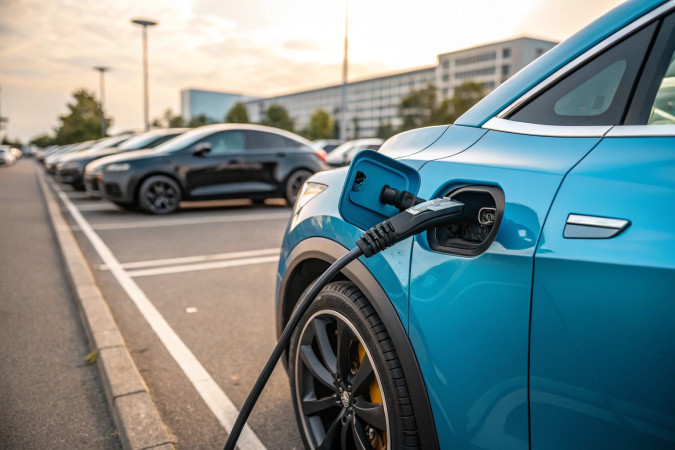
Follow India Renewable Energy News on WhatsApp for exclusive updates on clean energy news and insights
Electrifying Rural India: The Road to Sustainable Mobility
Mar 04, 2025
India’s rural transportation landscape is poised for a significant transformation by 2030, with a shift towards integrated mobility ecosystems rather than standalone electric vehicles (EVs). This transition is driven by economic necessity, environmental concerns, and evolving ownership models that prioritize efficiency, profitability, and sustainability.
Recent data from the Ministry of Road Transport and Highways indicates that rural and semi-urban EV registrations have grown by 34% year-on-year, surpassing urban growth rates of 28%. With rural households spending approximately 18% of their monthly income on transportation, the adoption of EVs presents a compelling economic case, reducing fuel and maintenance costs significantly. Electric two-wheelers, for example, offer an operational cost of Rs0.15-Rs0.20 per km compared to Rs2-Rs2.5 for petrol vehicles, translating into annual savings of Rs25,000-Rs30,000 per household.
The rural EV revolution extends beyond vehicle electrification to fundamental design innovations. Manufacturers such as Bajaj, Piaggio, and Euler Motors are developing electric auto-rickshaws and other models tailored to rural needs, emphasizing durability, passenger capacity, and economic viability. The 7+1 seating model in electric auto-rickshaws not only enhances passenger comfort but also increases earnings for drivers, making EVs an asset rather than just a transportation tool. Infrastructure development remains a key challenge, but progress is evident. The FAME II scheme has allocated 20% of its Rs10,000 crore budget to rural charging stations, resulting in over 2,700 installations by 2024. Solar-powered charging stations are also gaining traction, with the Ministry of New and Renewable Energy establishing 142 stations across rural India and aiming for 500 by the end of 2025. Until widespread charging access is achieved, vehicle manufacturers are focusing on extended-range batteries, with some rural-focused models now offering up to 150 km per charge.
Engineering advancements are also addressing rural-specific challenges. Vehicles with 22% gradeability ensure smooth navigation over uneven terrain, while Lithium Iron Phosphate (LFP) batteries are being adapted for high-temperature and rugged environments. These innovations enhance reliability, making EVs more suitable for rural deployment.
The environmental impact of rural EV adoption is substantial. According to The Energy and Resources Institute (TERI), replacing 30% of rural two-wheelers with EVs by 2030 could reduce annual carbon emissions by 0.74 crore tonnes, equivalent to planting 34 crore trees. This impact is further amplified when combined with renewable energy-powered charging solutions.
Looking ahead, the focus will be on developing integrated mobility solutions that blend passenger convenience with economic viability. The emergence of new financing models, shared mobility solutions, and smart infrastructure will define the next phase of rural electrification. By leapfrogging traditional transportation challenges, rural India has the potential to pioneer a sustainable, scalable EV ecosystem that serves as a model for other developing economies.